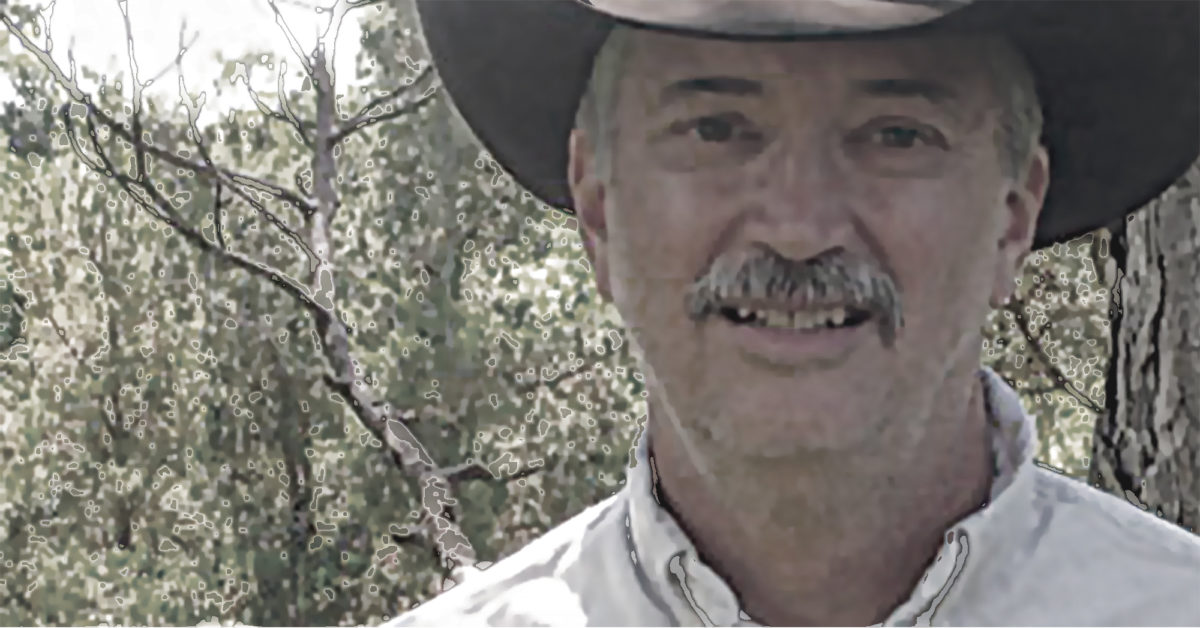Bill Markley has worked in Antarctica and for the state of South Dakota, traveled the South Pacific and explored the American West. As an extra on the set of the 1990 film Dances With Wolves he “died” on the battlefield at Gettysburg and “lived” through the Indian wars. The Pierre-based adventurer now works as a freelance writer, applying his research skills in a dual-sided approach to Western history. In Old West Showdown (2018) and Standoff at High Noon (2021) he and co-author Kellen Cutsforth take sides to relate controversial Old West stories. To date Markley’s Legendary West series of joint biographies has compared and contrasted three pairs of historical figures—Billy the Kid and Jesse James, Wyatt Earp and Bat Masterson, and Geronimo and Sitting Bull. A contributor to Wild West, the award-winning author has also contributed to The Settlement of America: Encyclopedia of Westward Expansion From Jamestown to the Closing of the Frontier (2011) and the nonfiction anthology Why Cows Need Cowboys (2021). He recently spoke with Wild West about his approach to writing.
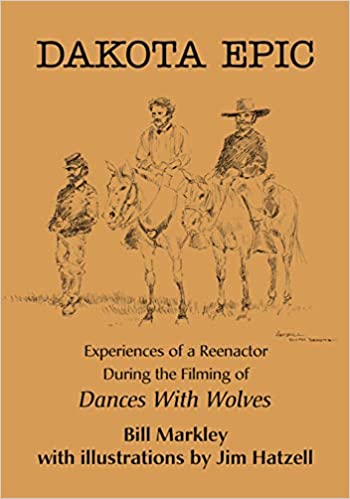
Tell us about your first book.
Dakota Epic is a cleaned-up version of the daily journal I kept during the filming of Dances With Wolves. I fixed spelling (which I admit I’m bad at), punctuation and sentence structure, but I did not add anything to it. I had been keeping a journal before becoming an extra on Dances With Wolves, so my writing about the day-to-day activities on the set just naturally flowed along for me. While we waited to be used in a scene, I would write what was happening around me—the sights, action such as a passing horse and rider, snippets of conversation, the smell of leather, horses, the feel of the sun and wind.
Dakota Epic launched my writing career. When I published the book, it was 10 years after the film had been released. No publishing houses wanted it, because it was old news, so I self-published, and it did well through my own sales efforts. I learned to persevere; nothing comes easy in writing for me, but I stick with it to the end and get the job done.
‘most biographies cover the life of a single person, but when you compare two lives, it gives a broader picture’
Why the dual approach to iconic Western figures?
The publisher TwoDot asked me to write about Old West characters by comparing them side by side—the lawmen Wyatt Earp and Bat Masterson, the outlaws Billy the Kid and Jesse James, and American Indian leaders Geronimo and Sitting Bull. It provides a different perspective as to what was happening in the country during the lives of these people. Most biographies cover the life of a single person, but when you compare two lives, it gives a broader picture of what was happening. For instance, we know the federal government treated American Indians terribly, but when you see it happening concurrently with two different tribes—in this case the Chiricahua Apaches and the Hunkpapa Lakotas—and being done by some of the same people in the government, it makes that mistreatment even more pronounced.

Which figures have you enjoyed writing about the most?
Sitting Bull, Butch Cassidy and Bat Masterson. The more I dug into Sitting Bull’s life, the more I grew to respect who he was and what he was trying to accomplish. All he wanted was to continue the traditional Lakota way of life and try to keep them from losing what little land they had left. He was an honorable man. Of the outlaws I’ve studied, I like Butch Cassidy the best. Even though he did commit robberies, all who knew him said he was a gentleman and likable fellow. He tried to not get anybody killed during the robberies he participated in. Bat Masterson is my all-time favorite. He had a zest for life and a great sense of humor. It would have been fun to buy him a drink and listen to his yarns.
How do you sort out fact from legend?
As everyone you want to talk to is dead, you have to determine if something has the ring of truth. How does a story fit with other known facts and time lines? Many times you can’t even trust the newspapers. For example, Wild Bill Hickok was “killed” plenty of times in the papers before he was actually killed in Deadwood. When I come upon a story that has no other source than one writer and sounds fishy, I will tell the reader the source and let him make up his own mind.
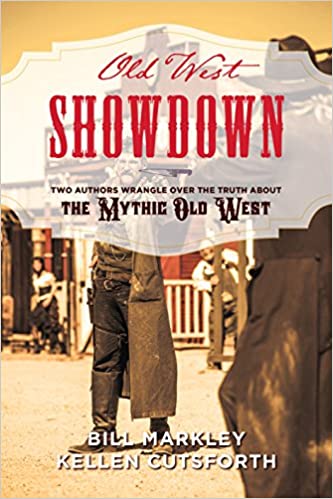
What approach do you take in the books co-written by Kellen Cutsforth?
In Old West Showdown and Standoff at High Noon we take controversial stories from the Old West, and he tells one side of the story, and I tell the other side. For instance, with the Gunfight at the O.K. Corral (or actually gunfight back behind the O.K. Corral) Kellen takes the Earp side, and I take the Clanton and McLaury side. I think research is the same no matter what you are delving into—there always seem to be at least two sides to every story. When I was researching Wyoming’s Johnson County War, I went to the library in Buffalo, Wyo. When I told the head librarian what I was up to, she asked which side I was researching. I said the rustler side, and she quipped, “Well, there were at least five sides.”
How did you research Sitting Bull and Geronimo?
I came at it from an attitude of respect for the tribes’ cultures and people, and the knowledge that I don’t know those cultures, but I’m willing to learn. I will never know the subtleties of those cultures, but I try to do the best I can. It’s also important to have people who are a part of those cultures or are intimate with them review what I write to make sure I get it as right as I can.
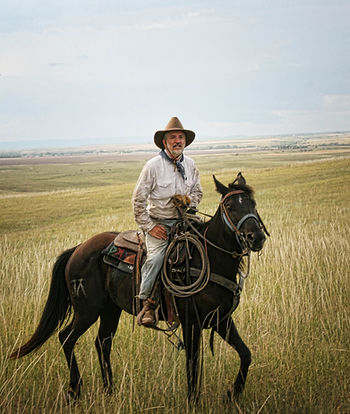
How important is to visit the places you write about?
I try to get “on the ground” as much as possible. I’ve been to many sites. It gives me a better feel for what might have happened at a location. For instance, American Indian friends took me to the location of Sitting Bull’s cabin on the Grand River in South Dakota. It’s a beautiful spot, and I can see why he wanted to live there. Author Doug Hocking took me to many sites associated with Geronimo, from the Chiricahua Mountains to the ruins of the old San Carlos Agency, and it gave me a better understanding of why Geronimo didn’t like San Carlos.
Which stories did you find difficult to confirm?
Many stories about Buffalo Bill Cody and Wild Bill Hickok have no confirmation. Both were masters of tall tales and liked to pull a leg or two. Calamity Jane could also spin a real yarn. Add to that all the fiction created by Ned Buntline and other dime novelists—a real minefield of fiction and embellishments.
I do tell some of these stories, though, letting the reader know there is no evidence they actually happened. For instance, there is absolutely no evidence Wild Bill and Calamity Jane had an affair. And the legend of the poker hand (“aces and eights,” the “dead man’s hand”) Hickok held when Jack McCall assassinated him was not mentioned until Frank Wilstach included it in his 1926 book Wild Bill Hickok: The Prince of the Pistoleers. The legend stems from an excerpt of a letter “Doc” Ellis Peirce wrote to Wilstach. Peirce was one of the first to enter Deadwood’s Saloon No. 10 after Hickok was shot and claimed to have seen the cards in the dead gambler’s hand. For years, however, Peirce was known in the Black Hills as a practical jokester and tall tale teller.
Have you had to set aside any stories for lack of corroboration?
Yes, the legends of the James boys leaving treasure here and there in this cave and that. I never found anything proving any of that.
Have any stories proved wholly elusive?
If it exists, it would be great to find Wild Bill’s diary. J.W. Buel, author of Heroes of the Plains, claimed he borrowed such a diary from Hickok’s widow Agnes Lake, as a source for his stories. Yet today it is nowhere to be found. The court transcripts of Hickok’s trial in the death of Davis Tutt have gone missing, and those would be of extreme interest to read through.
It’s fun to do research and have those “Aha!” moments, when you find some gem that others overlooked.
What’s next for you?
I’m working on my fourth book in the Legendary West series, Wild Bill Hickok and Buffalo Bill: Plainsmen of the Legendary West, which TwoDot plans to release May 2022. WW
This article was published in the April 2022 issue of Wild West.
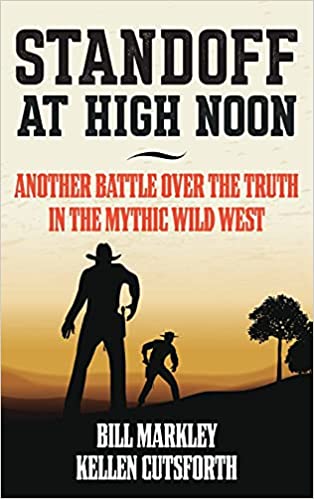
Standoff at high noon
Another Battle Over the Truth in the Mythic Wild West
By Bill Markley and Kellen Cutsforth, TwoDot, Guilford, Conn., and Helena, Mont., 2021, $24.95
This post contains affiliate links. If you buy something through our site, we might earn a commission.

